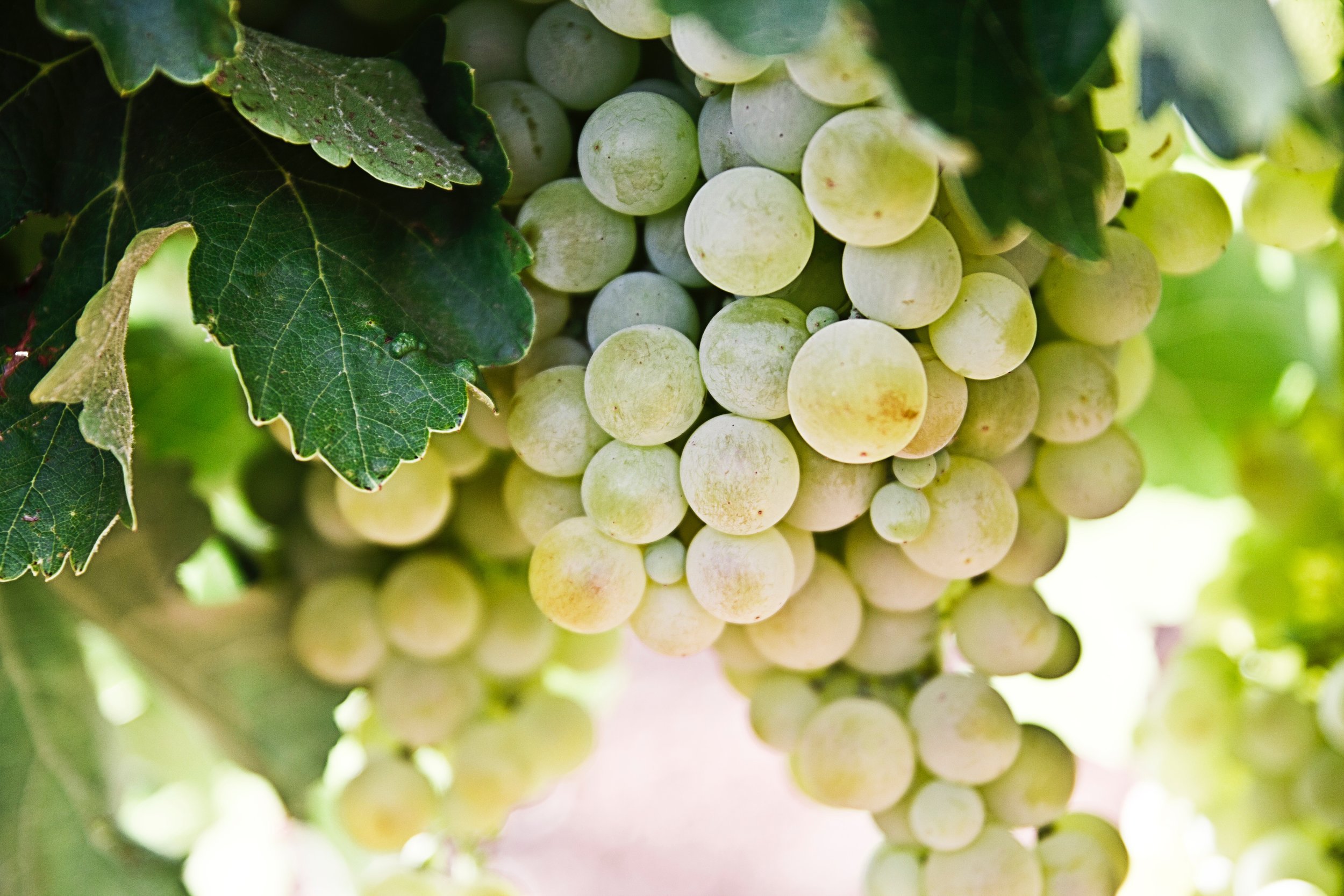Barrels: selecting the correct oak is important
When a winemaker decides to use barrels vs. just stainless steel in his cellar, there are lots of variables he needs to consider. Just as the conditions in and under which grapes are grown [terroir] are important, so too are the place and conditions impacting how and where oak trees are grown are important to coopers [barrel makers] and the vintners who use them to make award winning vintages. To fulfill the demands of winemakers, coopers too must carefully assess the terroir associated with the wood they use to craft their finished products.
Most barrels come from three distinct oak families:
French Oak [aka sessile oak] is considered by most world class vintners as the best as its very fine grain and its abundant vanillin, tannins, lactones, phenols and volatile aldehydes will impart interesting characteristics to the wine which will be fermented and or stored in the barrels. Winemakers appreciate the silky tannins, aromas of toasted almonds and spices which complement ripe red wines. The barrels will contribute aromas of peach, jasmine and roses to some of the whites aged or fermented in French oak. Most staves of French oak barrels, because of its composition, can be hand split.
American White Oak, often sourced from Missouri, but also from Ohio, New York and other eastern states, has a more coarse grain and hence more quickly imparts its inherent characteristics to the wine. Thus wine is stored in these barrels for a much shorter duration than in the French counterparts. Most American oak is known to enhance the reds which are aged in them with aromas of clove, tobacco, coffee and flavors of raspberry, current and blackberry. The coarseness of American oak means the staves can be saw cut.
Eastern European Oak is generally sourced in Hungary, Lithuania, Romania, Russia, Slovakia, Slovenia and the Ukraine. The aromas from these woods tend to be much more intense and are used for very complex wines which will benefit from extended aging. In most cases, these woods are less expensive that either of their American or French counterparts and thus are used extensively by many winemakers around the world.
While the terroir contributes much, the actually creation of the barrels, regardless of the source of the wood, is generally similar.
After logging, the wood usually sits several weeks on the forest floor and then is sent to the mill where is dried for up to eight months before the cooper begins his work. The staves are then created [hand split or saw cut] and left to air dry outdoors for 18 to 36 months [where it is sprayed periodically with water to keep it somewhat supple].
Once the winemaker determines his needs, he will place an order with one of several barrel making companies. The resident cooper will then select the appropriate wood, begin the arduous task of shaping the staves [side slats], heads [barrel ends], toasting the interior [either via an open fire or convection process, to a light, medium or heavy degree] and assembling the final product with hoops and rivets.
Barrels are an essential part of our industry.and beyond great fruit, some innate talent, a scrupulously clean cellar and general commitment to quality, it is critical for the winemaker to match the vision with the kind of wood he decides to use.and he also must rely on the skill of the cooper and the wood he uses to fulfill his goal of great glass of wine we can all enjoy.
For additional information: dwinchell@OhioWines.org
About the author:
Donniella Winchell, Executive Director of the Ohio Wine Producers Association...


